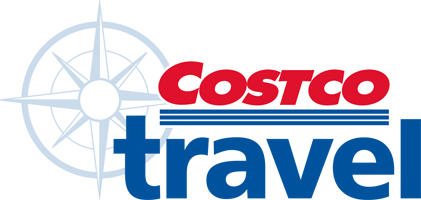
What's Hot
Costco Anywhere Visa® Cardmember Deal
Receive a Digital Costco Shop Card Valued at 10% of the Package Price for Select Destinations
Book by 8/5/25Hawaii for the Holidays
Plan Your Holiday Escape
Maui, Oahu, Kauai or Hawaii IslandLimited-Time Deals
Book Before They’re Gone
These Deals Won't LastCosta Rica: The Westin Reserva Conchal Package
All-Inclusive Resort
$100 Resort Credit
Westin® Kids ClubOrlando: Walt Disney World® On-Site Collection Package
Stay In the Heart of the Magic
Walt Disney World® Resort On-Site Hotels
Theme Park Transportation, Tickets and MoreLast-Minute Travel
It's Not Too Late To Book!
Member Value in Every Package
Featured Travel
Discover the Value
Warehouse Travel Booklet
Summer 2025
Member Value in Every PackageDominican Republic: Hard Rock Hotel Package
All-Inclusive Resort
Daily $200 Resort Credit
Digital Costco Shop CardRelax on a Guided Vacation
Planned Itineraries, Group Tours
Organized Transportation
Arranged HotelsAustin: Hyatt Regency Lost Pines Resort & Spa Package
Daily Breakfast for Two
Daily $25 Resort CreditIncluded Extras Valued at $266
Paris: SO/ Paris Hotel Package
Daily Breakfast
Private Airport Transfers
New to Costco TravelBellevue: InterContinental Seattle Bellevue Package
New to Costco Travel
Waived Daily Resort FeeIncluded Extras Valued at $25 Per Day
Featured Cruises
Alaska Cruises and Cruisetours
Princess Cruises
Find Yourself in the Heart of the Wilderness
Digital Costco Shop Card with Every SailingSpring - Fall 2026 Itineraries
Disney Cruise Line
Choose from Alaska, Asia, the Caribbean and More
Digital Costco Shop Card with Every Sailing, Courtesy of Costco TravelLast-Minute Cruises
Book. Pack. Sail!
Catch a Cruise Departing Soon!





